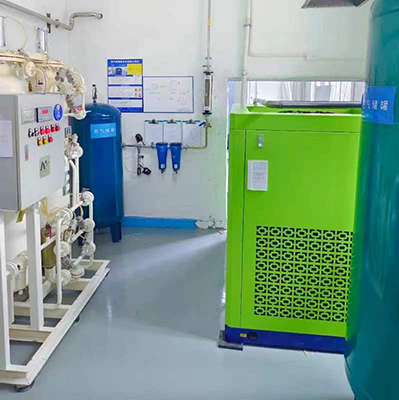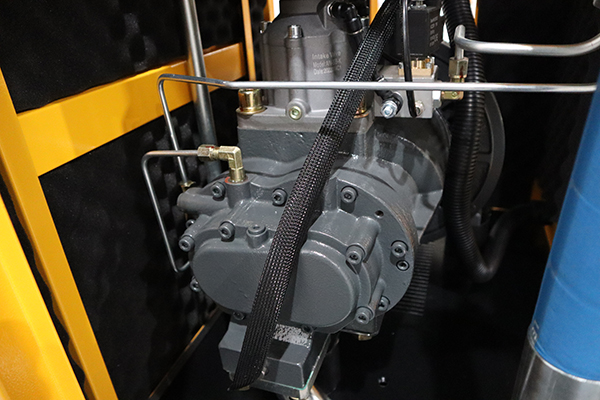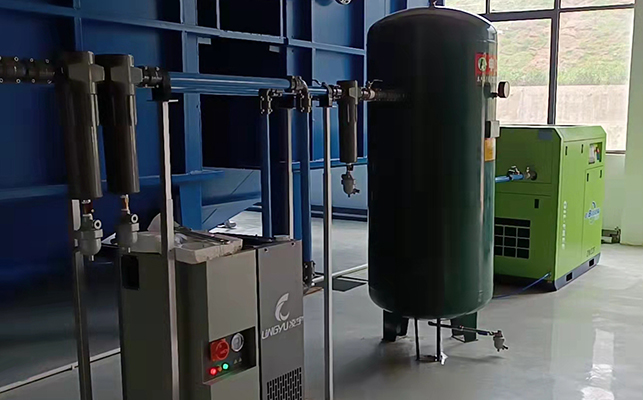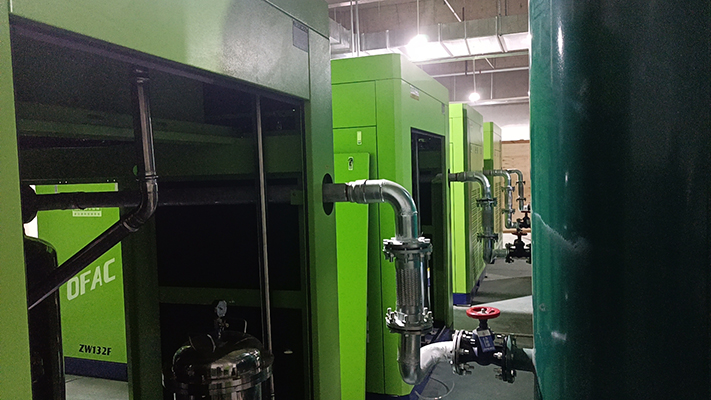low pressure air compressor tank size options for intermittent and continuous use
News 2025-10-24
Low pressure air compressors are vital in industrial settings, where the storage tank size directly influences system efficiency and reliability. Proper tank selection ensures optimal performance for both intermittent and continuous applications, helping to maintain steady air supply and reduce energy costs. In intermittent use, such as in small workshops or maintenance tasks, the tank size must balance demand with minimal cycling to extend equipment life. For continuous operations in sectors like manufacturing or automation, larger tanks provide the necessary buffer to sustain pressure without fluctuations, enhancing process stability and output quality. Understanding these options is key to integrating compressors effectively into industrial workflows.

Application Scenarios
In various industries, tank size choices depend on usage patterns. For intermittent applications, like automotive repair or sporadic tool use, smaller tanks—typically 20 to 60 gallons—suffice by storing enough air for short bursts without constant compressor activation. This setup is ideal for environments with variable demand, such as construction sites or labs, where space and cost are concerns. Conversely, continuous use in facilities like food processing or assembly lines requires tanks of 80 gallons or more to handle sustained air flow, preventing pressure drops that could disrupt operations and ensuring consistent performance in high-demand scenarios.
Performance Advantages
Selecting the right tank size offers significant benefits in efficiency and durability. Smaller tanks for intermittent use reduce energy consumption by limiting motor starts, which lowers wear and operational expenses. This approach is particularly advantageous in settings with limited space, allowing for compact installations without sacrificing functionality. For continuous applications, larger tanks minimize pressure variations, supporting precise control in processes like painting or pneumatic conveying, which demand steady air supply. Overall, optimal sizing enhances system longevity, reduces maintenance needs, and improves productivity by aligning with specific industrial requirements and flow dynamics.
Frequently Asked Questions
1. What is the ideal tank size for intermittent use?
Answer: For intermittent applications, tanks ranging from 20 to 60 gallons are usually ideal, as they handle short-term demands efficiently without excessive energy use.
2. How does tank size affect continuous operation?
Answer: Larger tanks in continuous use stabilize air pressure and reduce compressor cycling, leading to less wear, better reliability, and consistent performance in ongoing processes.
3. What factors should be considered when choosing a tank size?
Answer: Key factors include air demand patterns, flow rate requirements, pressure stability needs, available installation space, and budget, all of which influence the best choice for specific uses.


